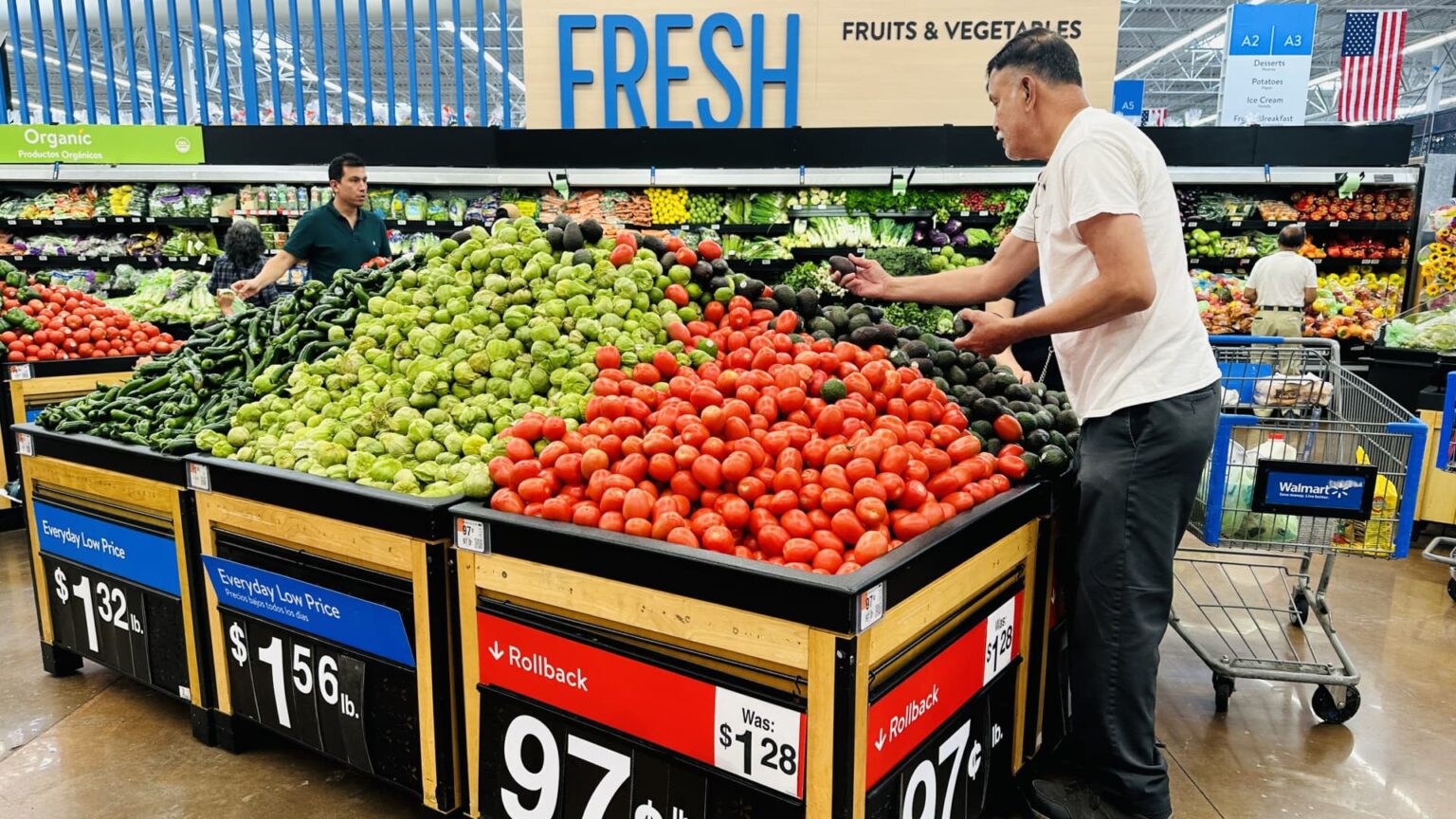Buy Now, Pay Later: Trends and Consumer Behavior in Grocery Shopping
As economic pressures mount, the trend of utilizing buy now, pay later (BNPL) loans for grocery purchases is increasingly common among American consumers. Recent data from Lending Tree, released on April 11, 2025, highlights significant shifts in consumer behavior regarding payment options for essential goods.
Increasing Reliance on BNPL Loans
According to a survey conducted from April 2-3, involving 2,000 adults aged 18-79, nearly half of the respondents reported using BNPL loans for their purchases. Notably, 25% of these consumers allocated these loans specifically for grocery shopping. This marks a notable increase from 14% in 2024 and 21% in 2023, signaling a growing dependence on such financing options.
Late Payments Highlight Financial Strains
The survey also revealed growing concerns about timely payment of these loans. Approximately 41% of participants admitted to having made a late payment on a BNPL loan within the previous year, which is an increase from 34% the year before. Matt Schulz, chief consumer finance analyst at Lending Tree, observed that many of those who were late typically delayed their payments by about a week.
Economic Pressures and Consumer Strategies
As inflation and high interest rates persist, fiscal uncertainties loom, prompting consumers to seek ways to better manage their budgets. “A lot of people are struggling and looking for ways to extend their budget,” Schulz noted, suggesting that the reliance on BNPL loans is a strategy to cope with these financial challenges. However, Schulz remained cautious, stating that while the situation is troubling, it does not necessarily indicate a recession. He anticipates further difficulties ahead.
The Mechanics of BNPL and Its Risks
BNPL services allow consumers to divide their purchases into manageable payments, appealing as an alternative to traditional credit cards. However, they come with potential risks, including high fees for late payments and complications arising from managing multiple loans. The survey found that 60% of BNPL users had multiple loans simultaneously, with nearly one-fourth holding three or more at once. Schulz emphasized the importance of cautious management: “Even though they can be a really good interest-free tool… there’s also a lot of risk in mismanaging it.”
Broader Economic Context
Beyond groceries, the trend of using BNPL financing extends to other areas of consumer spending. For example, reports indicate that approximately 60% of attendees at major events like Coachella financed their tickets using these loans, fueling discussions about consumer habits in the current economic landscape. Companies like DoorDash are also adapting by accepting BNPL financing for food deliveries, signaling a shift in how everyday purchases are being financed amid financial strain.
The Future of Consumer Spending
While consumers previously managed to maintain stability in their spending amidst inflation and high interest rates, there are increasing signs of strain. Major corporations, including Walmart and Delta Airlines, have reported noticing shifts in consumer demand and adjusted their sales forecasts accordingly. As the economic landscape continues to evolve, understanding these consumer behaviors will be critical for businesses and policymakers alike.
